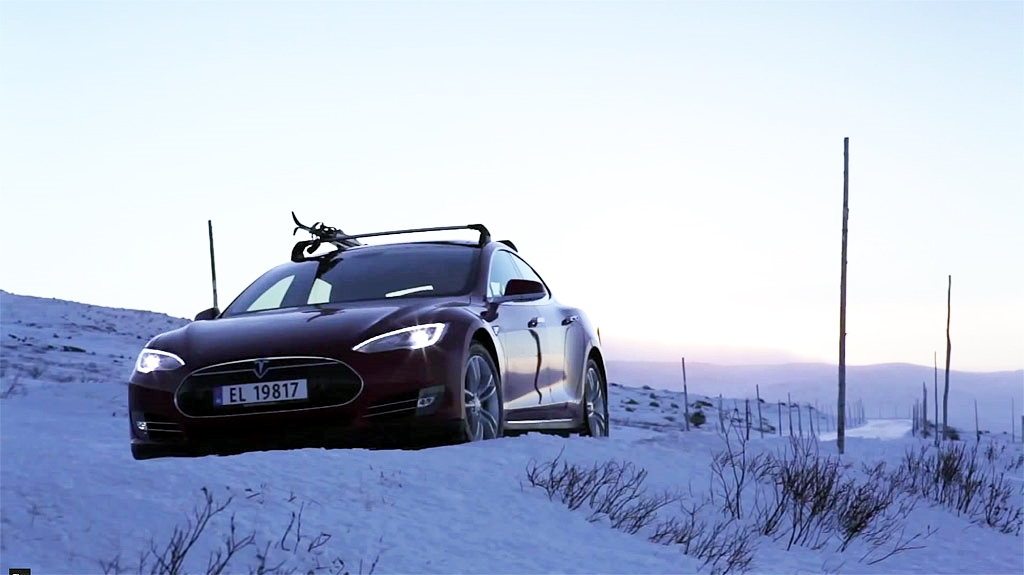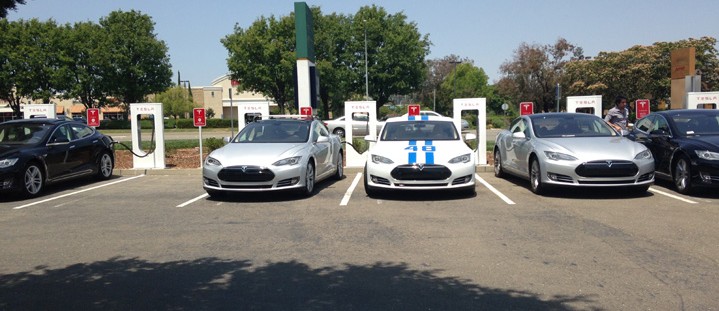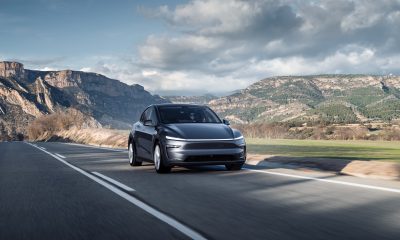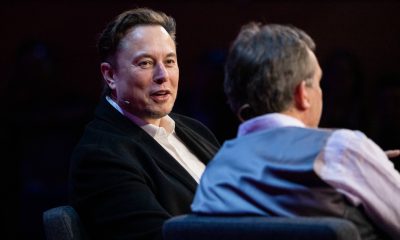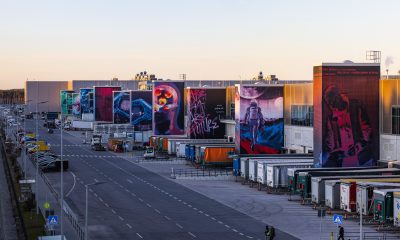News
Why Norway Loves the Tesla Model S
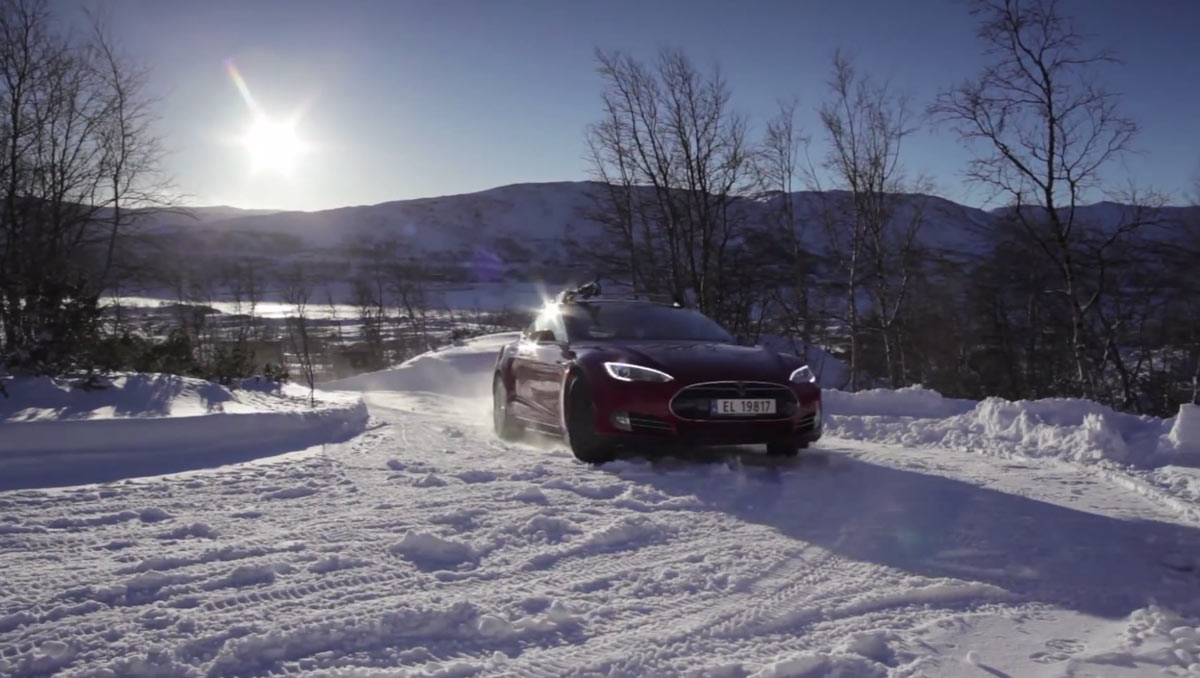
In January, Elon Musk made some controversial and critical remarks about hydrogen fuel cell cars when addressing a group of journalists during a Q&A session in Detroit. Musk’s comments were pertinent to my reading audience, so I published them as a blog post.
I then noticed something peculiar. The post had received hundreds of views from a single country: Norway. In fact, most of the views during a two-day period originated from this icy nation of only 5.1 million inhabitants.
Norway’s Best-Selling Car
During much of 2014, Tesla’s Model S was Norway’s best-selling vehicle. Not best selling electric car, but best-selling vehicle overall.
Sales of the Model S have gone gangbusters since its introduction in Norway. In the year and a half since its debut, in the country that’s famous for hosting the 1994 winter Olympics and being home to the popular Netflix show Lilyhammer starring Sopranos veteran Steven Van Zandt, the Model S has been setting records—and pleasing thousands of customers.
As reported by New York’s Daily News in April 2014, the Model S outsold Ford’s entire line of cars and sold double the number of Volkswagen Golfs, normally the number one seller in the snowy, narrow country that borders Sweden and Finland.
During the same period, the expensive Model S outsold the Nissan LEAF by a margin of three to one. Three to one. This goes counter to basic marketing dynamics, where more expensive products typically sell in lower quantities. Depending on battery configuration and options, the Model S is two to four times more expensive than the LEAF.
Satisfying Demand
It seem that the introduction of the Model S helped satisfy a pent up demand for performance-oriented electric cars in the Scandinavian country. As reported in the AID Newsletter (Automotive Industry Data) in September 2013, Elon Musk’s poster child for all things auto electric sold 184 units in its debut month of August 2013. It sold 322 units in September—besting the number two Volkswagen Golf, which sold only 256 cars. Not bad for right out of the gate (and in a nation of fewer than six million residents).
EV News Report, in a November 2014 article, reported that Norway’s goal to put 50,000 electric cars on the road by 2017 should be reached sometime in 2015. In the world of government initiatives, exceeding goals is almost unheard of.
In December 2014, CNNMoney published an article entitled Norwegians Love Tesla More Than Americans that spotlighted the fact that Tesla has sold more than 6,000 Model S sedans in the ironically oil-rich country. This is nearly 10% of the 61,000 all-electric sporty sedans sold globally since its introduction in 2012.
But why?
Part of the reason is simple economics. Norway’s government has offered steep incentives on battery electric vehicles to motivate its citizens to purchase zero emission cars. “Teslas and other electric vehicles are spared the steep sales taxes that can easily double the cost of a car,” reported CNNMoney last December.
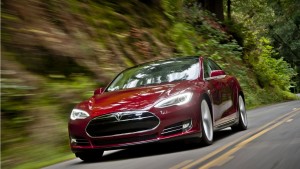 Norway’s automotive sales tax can “double the cost of a car.” Imagine that you heard that Tesla was having a 50% off sale on the Model S. Would you be interested?
Norway’s automotive sales tax can “double the cost of a car.” Imagine that you heard that Tesla was having a 50% off sale on the Model S. Would you be interested?
Norwegians are given additional incentives to jump on the electric car bandwagon, including the ability to travel in bus lanes, free parking, and no toll road charges (prices for which range from $0.65 to $20). For those who drive frequently and rack up the miles, especially for a five-days-a-week work commute, these are significant financial benefits and conveniences.
In Their Own Words
To learn more, I asked Norwegian owners themselves why they purchased a Model S. Most cited good value, inexpensive or free fuel (from home electricity or Tesla-supplied charging stations), exceptional driving range, and good handling in winter weather.
The Model S (in both 60 kWh and standard 85 kWh battery configuration) features a 48/52 front-to-rear weight distribution, making it a well-behaved rear-wheel-drive vehicle in rain or snow—critical in a northern climate like Norway. The top-shelf P85D, of course, features all-wheel-drive, making it even more adept in foul weather. “The total cost of ownership of my Tesla matches my previous car, a Toyota Prius. No fuel cost (not even electricity), no service, cheap insurance. Tesla is cheap compared to other cars in the same class,” said Marius Gromit Nedregård, an engineer living in Oslo (the nation’s capital and largest city).
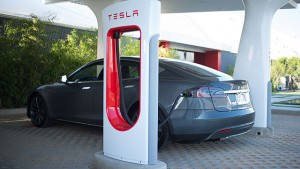 Ståle Andreassen, who works for his father’s gas station in Bodø (“Oh the irony,” he told me during our interview), in the northern region of the country, said he purchased, “Because the Model S is basically competing against a VW Passat (price wise) in Norway. In the U.S., it competes against an Audi RS7, [BMW] M6, etc. If the Model S cost just a little more than a VW Passat in the U.S., I think it would sell more, don’t you?”
Ståle Andreassen, who works for his father’s gas station in Bodø (“Oh the irony,” he told me during our interview), in the northern region of the country, said he purchased, “Because the Model S is basically competing against a VW Passat (price wise) in Norway. In the U.S., it competes against an Audi RS7, [BMW] M6, etc. If the Model S cost just a little more than a VW Passat in the U.S., I think it would sell more, don’t you?”
In terms of the power of word-of-mouth and how unofficial test drives from friends and family are propagating news of the value of the Model S in Norway, Andreassen said, “My father is about to replace his Audi A7 fully loaded with a P85D soon, so there will be two Teslas outside of our Esso station. First in the world?”
The Norwegian love of the Model S is tersely summarized by Are Koppang, an administrative director in Moelv, a city in southern Norway. “I drive a dream car, and cannot see how I will ever switch back to an ICE [internal combustion engine] vehicle.”
Embracing Renewable Energy
Culturally, Norway embraces renewable energy. According to EV News Report, 98% of the nation’s energy is derived from domestically generated, renewable sources. This is somewhat ironic, considering that the country, on a per-capita basis, is the world’s second largest producer of oil and natural gas, directly behind the Middle East (according to the CIA’s World Factbook). According to The Economist, “petroleum accounts for 30% of the government’s revenues.”
The desire to own a zero emission car was echoed by many responses I received from Norwegians. Sune Jakobsson, a system architect in Hommelvik, Sor-Trondelag, said he purchased a Model S, “To…buy an [electric car] with [a] more than 400 kilometer range, and the car is good for the environment.”
When asked why he purchased his Model S, Petter Karal, an owner from Oslo, said, “The opportunity to drive with a clean conscience.”
Goodbye Expensive Gas
Of course, one can’t discount the fact that gasoline is very, very expensive in Norway. In fact, as of February 2, gasoline in the country was selling at nearly four times the price in the United States, or more than $7.50 per US gallon. That’s no small incentive for Norwegians to dump gas-guzzling piston pumpers and adopt battery electric cars.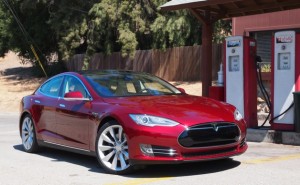
Arne Inge Dyrdahl, owner of a taxi company in Trondheim, cited saving money by not having to purchase gasoline as one of the primary benefits he gains from Model S ownership (he drives about 60,000 kilometers, or more than 37,000 miles, a year). “For me, tolls and fuel, if I only charge at home, saves me about 75,000 kroner [$10,000 USD] a year. More if I use Tesla’s free Superchargers.” Dyrdahl is anticipating delivery of his second Model S, a P85D, in March and has two Model Xs reserved.
Free Superchargers
Another reason for consumers in the country to consider a Model S is the healthy—and growing—network of Tesla Supercharger stations. Norway’s network of the fast-charge depots is currently populated by 21 such stations, available free of charge to all Model S customers (except those who purchase the entry-level 60 kWh model sans the “Supercharger Enabled” option, which is priced at $2,000 in the States).
All other Model S owners, if they live near one of these charging stations, get to enjoy free power for the life of their vehicle. In a country where petrol sells for more than $7 per gallon, this is no insignificant benefit. Tesla is planning to open five additional Supercharger stations in the country in 2015.
More Popular Than In California
Norwegians are adopting electric vehicles (EVs) in a way that matches the enthusiasm found in California. In fact, according to The Foreigner in a January 2015 article, sales of EVs in Norway have reached 15%, exceeding the saturation in the Golden State by nearly 50% (California recently reported 10% of new car sales being electric). “Some 40,000 electric vehicles were traveling on Norway’s roads as of December 2014,” reported the site.
When you add it up, it’s not surprising that Norwegians are embracing the Model S and purchasing the seductive sedan in record numbers. Even consumers who normally would find it difficult to justify the cost of a luxury car are doing the math and discovering that they can afford a Tesla.
Based on the savings from gasoline and no automotive tax, especially for those who pile on the miles, Norwegian consumers can enjoy a quiet, high-performance, luxury vehicle featuring state-of-the-art technology. Add in savings on maintenance (oil changes, transmission repairs, and exhaust work become a thing of the past), and no tolls or parking charges, and the mystery is solved: Norway loves the Model S because it saves them money and helps preserve their beautiful environment.
This is best summed up by Norwegian Model S owner Cato Standal, a manager with Emerson in Telemark, who said his purchase was a “Once in a lifetime opportunity to buy a vehicle with over 400 horsepower for the same price as a VW Passat,” adding, “Many of my friends who have tested the car [are] also thinking about buying [it].”
I’m surprised that I’m not seeing more Model S sedans show up in Lilyhammer. Apparently Tesla is more focused on engineering one of the world’s best battery electric cars than product placement. And Norwegians are applauding them all the way to the Supercharger station—after which they visit the bank to deposit what they saved on gas.
News
Tesla adjusts Robotaxi safety monitor strategy in Austin with new service area
The positioning of the driver, as well as the driver’s hands being closer to the steering wheel, is more similar to what Tesla is doing in the Bay Area Robotaxi program than it is to what it has done in Austin.
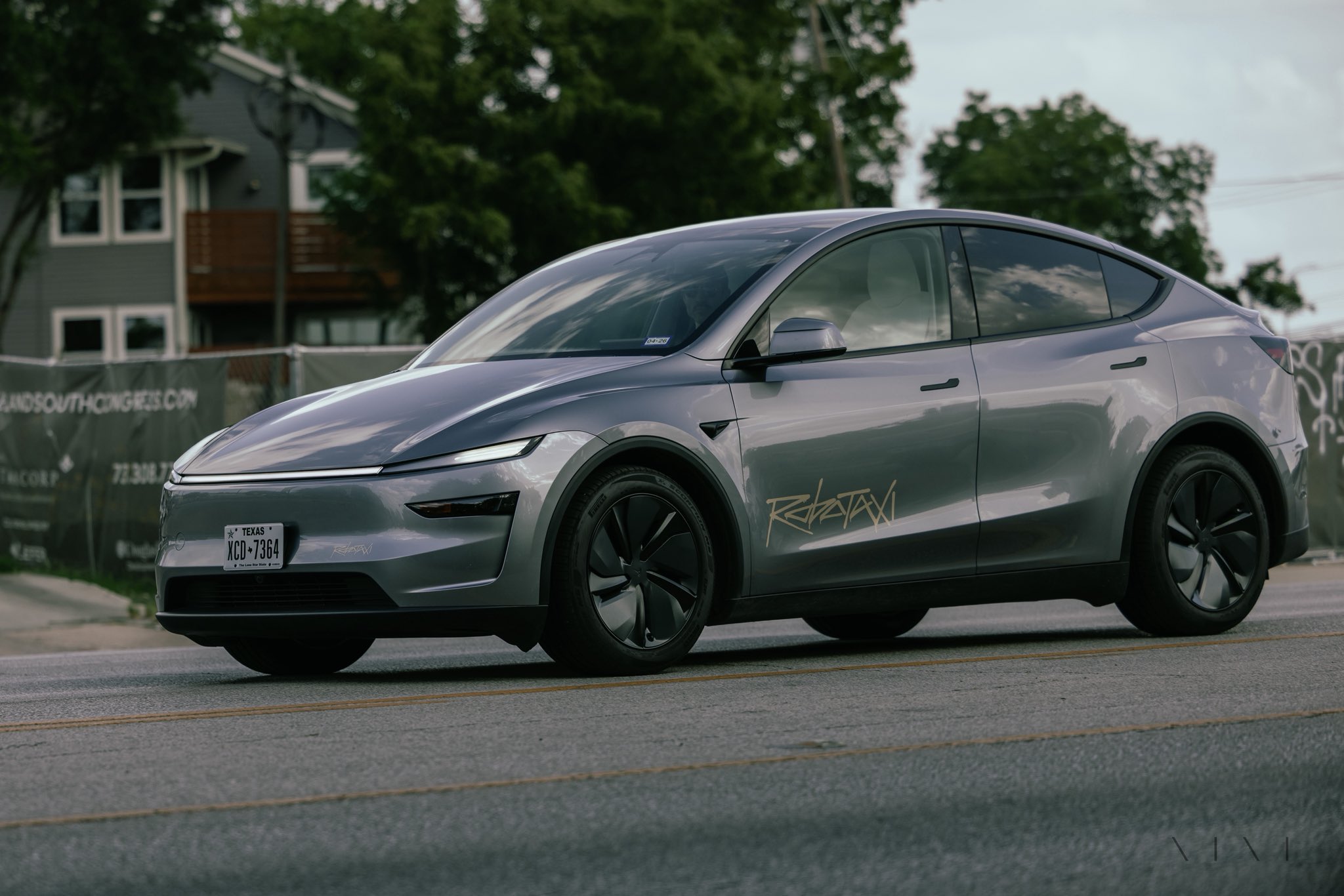
Tesla has adjusted its Robotaxi safety monitor strategy in Austin after it expanded its service area in the city last week for the third time.
Tesla has been operating its Robotaxi platform in Austin since June 22. The vehicles have been operated without a driver, but Tesla has placed safety monitors in the passenger’s seat as a precaution.
The safety monitors are responsible for performing any necessary interventions and maintaining a safe and comfortable cabin for riders as they experience Tesla’s first venture into the driverless ride-sharing space.
Last week, Tesla expanded its service area in Austin for the third time, expanding it from about 90 square miles to 170 square miles. The expansion included new territory, including the Austin-Bergstrom International Airport, Tesla’s Gigafactory Texas, and several freeways.
Tesla Robotaxi geofence expansion enters Plaid Mode and includes a surprise
The freeway is an area that is uncharted territory for the Tesla Robotaxi program, and this fact alone encouraged Tesla to switch up its safety monitor positioning for the time being.
For now, they will be riding in the driver’s seat when routes require freeway travel:
Sept 1 in Austin and our Robotaxi arrived with Tesla safety driver in the driver seat, similar to the Bay area (no logo on the car). Here’s that first moment when I realized, our autonomous car was heading onto the freeway. pic.twitter.com/1QfyN2Ubzf
— Gail 🇺🇸 (@gailalfaratx) September 2, 2025
The positioning of the driver, as well as the driver’s hands being closer to the steering wheel, is more similar to what Tesla is doing in the Bay Area Robotaxi program than it is to what it has done in Austin.
This is sure to draw criticism from skeptics, but it is simply a step to keep things controlled and safe while the first Robotaxi drives take passengers on the highway with this version of the Full Self-Driving software.
This FSD version differs from the one that customers have in their own vehicles, but CEO Elon Musk has indicated something big is coming soon. FSD v14 is coming to vehicles in the near future, and Musk has said its performance is pretty incredible.
Tesla’s Elon Musk shares optimistic teaser about FSD V14: “Feels sentient”
News
Tesla has best month ever in Turkey with drastic spike in sales
Tesla managed to sell 8,730 Model Y vehicles in Turkey, outpacing almost every competitor by a substantial margin. Only one brand sold better than Tesla in August in Turkey, and it was Renault.

Tesla had its best monthly performance ever in Turkey in August, thanks to a drastic spike in sales.
Tesla saw an 86 percent bump in sales of the new Model Y in Turkey in August compared to July, dominating the market.
The performance was one of Tesla’s best in the market, and the company’s sales for the month accounted for half of all EV sales in Turkey for August, as it dominated and led BYD, which was the second-best-selling brand with just 1,639 units sold.
Tesla managed to sell 8,730 Model Y vehicles in Turkey, outpacing almost every competitor by a substantial margin. Only one brand sold better than Tesla in August in Turkey, and it was Renault.
Turkey reported 8,730 Tesla sales and 10.6% market share in August. BEV penetration is 21.3% and Tesla has 49.9% of this segment. 🇹🇷
• Market share is 558 basis points or 111% above the 3-month trailing average of 5.0%
• Tesla second best-selling brand
• Model Y best-selling… pic.twitter.com/qLhX7VQWXp— Roland Pircher (@piloly) September 2, 2025
Electric vehicles are, in some ways, more desirable than their gas counterparts in Turkey for several reasons. Most of the reasoning is financial.
First, EVs are subject to a lower Special Consumption Tax in Turkey. EVs can range from 25 percent to up to 170 percent, but this is less than the 70 to 220 percent rate that gas-powered vehicles can face. The tax is dependent on engine size.
Additionally, EVs are exempt from the annual Motor Vehicle Tax for the first ten years, providing consumers with a long-term ownership advantage. There are also credits that can amount to $30,000 in breaks, which makes them more accessible and brings down the cost of ownership.
Let’s not forget the other advantages that are felt regardless of country: cheaper fuel costs, reduced maintenance, and improved performance.
The base Model Y is the only configuration available in Turkey currently.
News
Tesla is upgrading airbag safety through a crazy software update
“This upgrade builds upon your vehicle’s superior crash protection by now using Tesla Vision to help offer some of the most cutting-edge airbag performance in the event of a frontal crash.”
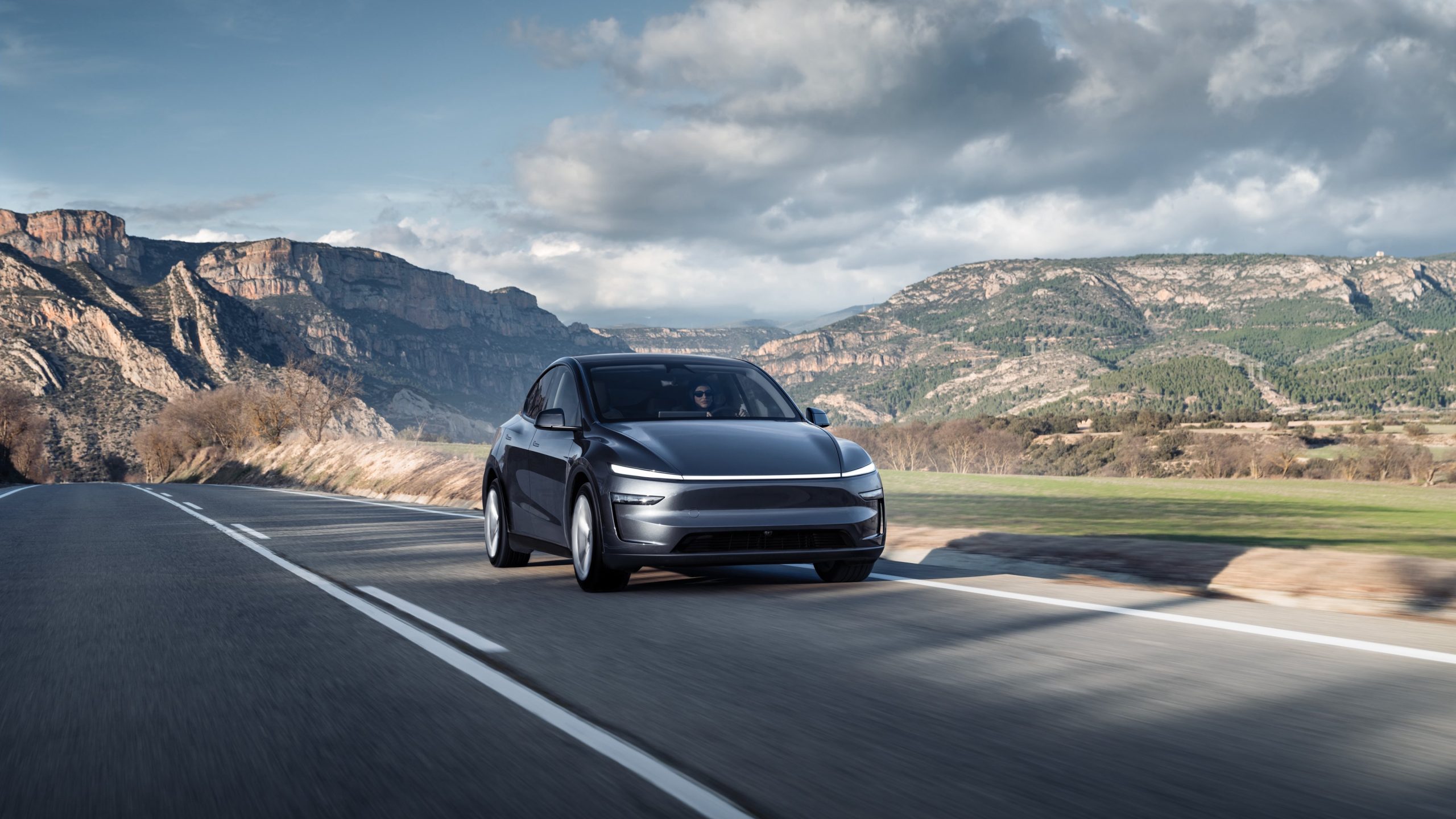
Tesla is upgrading airbag safety through a crazy software update, which will utilize the company’s vision-first approach to enable better protection in the event of an accident.
Over the years, Tesla has gained an incredible reputation for prioritizing safety in its vehicles, with crash test ratings at the forefront of its engineers’ minds.
This has led to Tesla gaining numerous five-star safety ratings and awards related to safety. It is not just a statistical thing, either. In the real world, we’ve seen Teslas demonstrate some impressive examples of crash safety.
Everything from that glass roof not caving in when a tree falls on it to a Model Y surviving a drive off a cliff has been recorded.
However, Tesla is always looking to improve safety, and unlike most companies, it does not need a physical hardware update to do so. It can enhance features such as crash response and airbag performance through Over-the-Air software updates, which download automatically to the vehicle.
In Tesla’s 2025.32 Software Update, the company is rolling out a Frontal Airbag System Enhancement, which aims to use Tesla Vision, the company’s camera-based approach to self-driving, to keep occupants safe.
The release notes state (via NotaTeslaApp):
“This upgrade builds upon your vehicle’s superior crash protection by now using Tesla Vision to help offer some of the most cutting-edge airbag performance in the event of a frontal crash. Building on top of regulatory and industry crash testing, this release enables front airbags to begin to inflate and restrain occupants earlier, in a way that only Tesla’s integrated systems are capable of doing, making your car safer over time.”
The use of cameras to predict a better time to restrain occupants with seatbelts and inflate airbags prior to a collision is a fantastic way to prevent injuries and limit harm done to those in the vehicle.
The feature is currently limited to the Model Y.
-
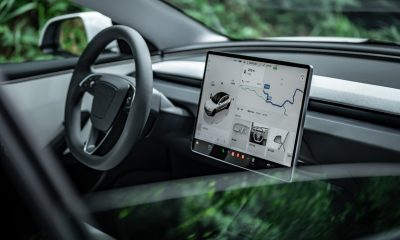
 News4 days ago
News4 days agoTesla is overhauling its Full Self-Driving subscription for easier access
-
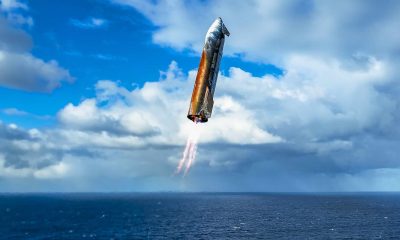
 Elon Musk5 days ago
Elon Musk5 days agoElon Musk shares unbelievable Starship Flight 10 landing feat
-
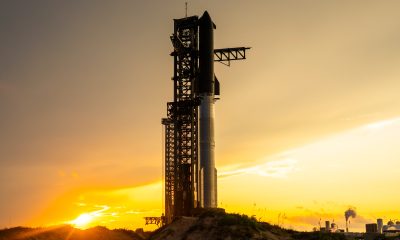
 Elon Musk5 days ago
Elon Musk5 days agoElon Musk reveals when SpaceX will perform first-ever Starship catch
-
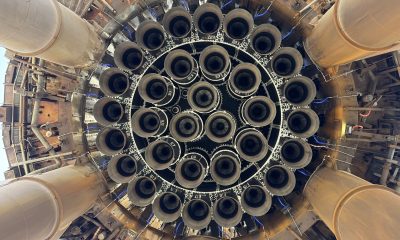
 Elon Musk6 days ago
Elon Musk6 days agoSpaceX Starship Flight 10 was so successful, it’s breaking the anti-Musk narrative
-
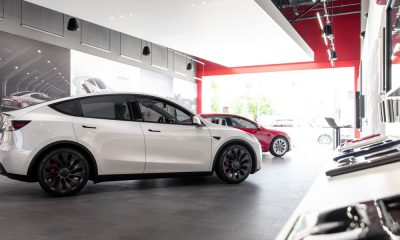
 News4 days ago
News4 days agoTesla expands crazy new lease deal for insane savings on used inventory
-
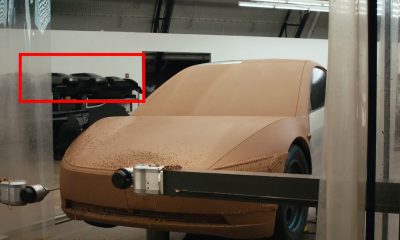
 News1 day ago
News1 day agoTesla appears to be mulling a Cyber SUV design
-
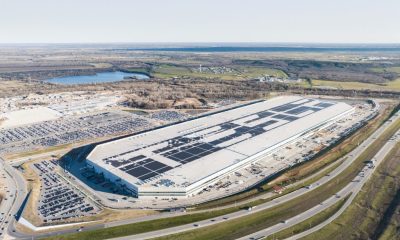
 News4 days ago
News4 days agoTesla talks Semi ramp, Optimus, Robotaxi rollout, FSD with Wall Street firm
-
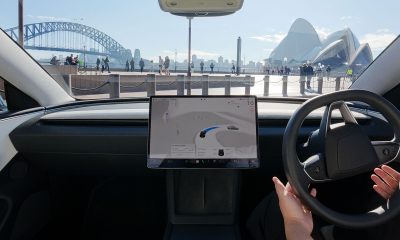
 News6 days ago
News6 days agoTesla launches Full Self-Driving in a new region

